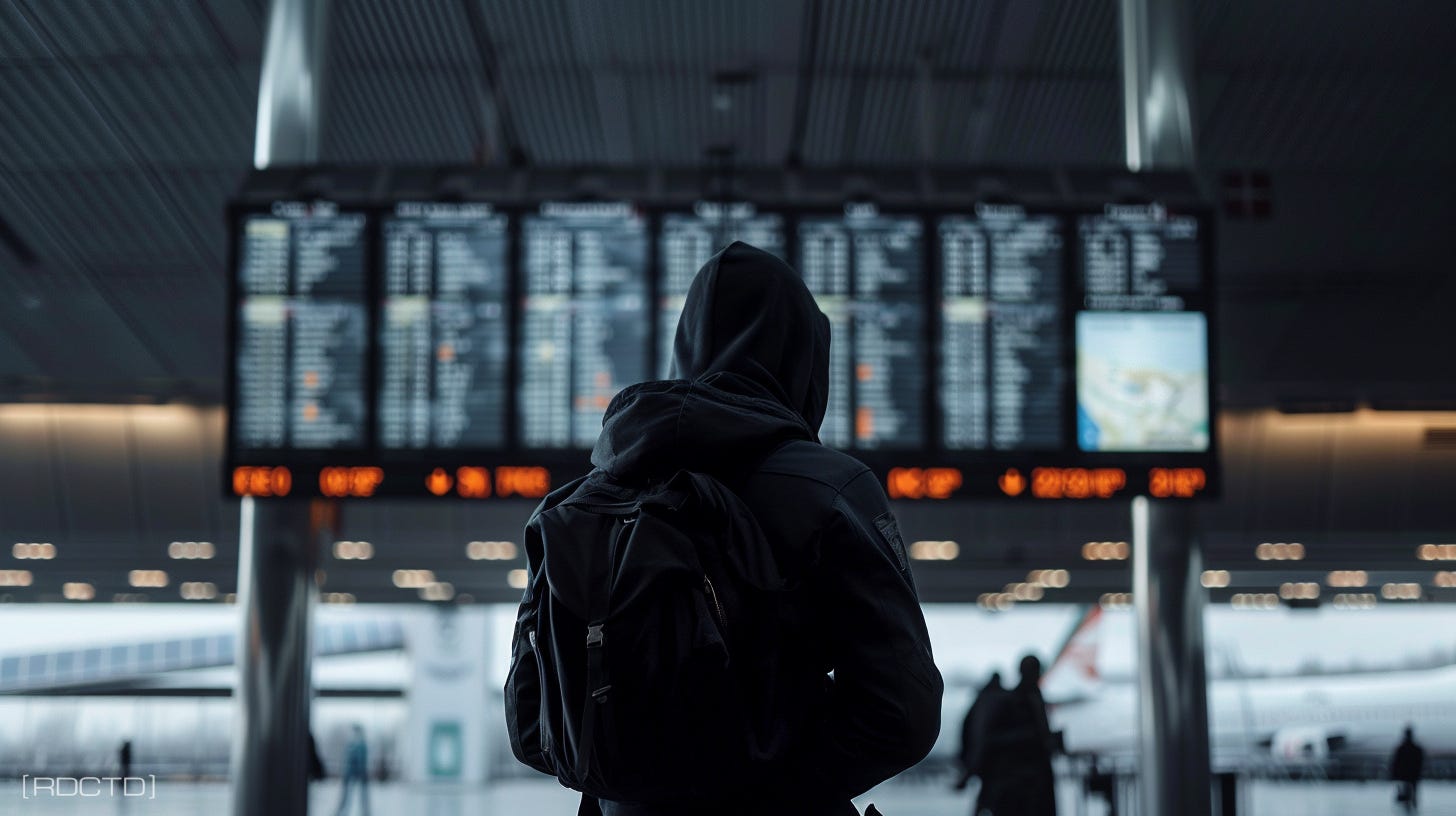Adaptive Social Camouflaging Tradecraft: Part 1 of 2
Adaptive Social Camouflaging allows operatives to seamlessly integrate into any group or blend into foreign environments as naturally as locals, ensuring their operational security.
The ability to actively blend into a local environment is essential for covert operations. This enables operatives to operate undetected, gather intelligence, and carry out missions without arousing suspicion. Mastering social camouflage involves adopting local customs, integrating into community routines, and often creating a believable cover story. This guide covers the tactics and concepts crucial for effective social camouflage.
Understanding Local Norms and Culture
To effectively utilize social camouflage, an operative must first gain a deep and nuanced understanding of local norms and culture. This foundational element of tradecraft is crucial, as it ensures the operative blends in seamlessly, avoiding any unwanted attention and thereby maintaining operational security and effectiveness.
• Research and Preparation: Before deployment, operatives should conduct thorough research, including studying the area's history, socio-economic conditions, political landscape, and cultural sensitivities. This preparation can be achieved through OSINT, academic resources, documentaries, and consultations with regional experts.
• Language Proficiency: Fluency, or at least competence, in the local language is essential. Language is a gateway to culture, enabling an operative to grasp conversational nuances, comprehend local media, and engage more deeply with the community. This skill also reduces suspicion among locals, who might otherwise question an outsider’s motives.
• Cultural Immersion: Upon arrival, operatives should immerse themselves in the local culture by living in typical neighborhoods rather than expatriate or tourist hubs. Shopping at local markets, dining at local restaurants, and participating in local festivities help deepen their understanding of social norms and daily routines.
• Observational Skills: Understanding local norms requires keen observational skills. Operatives should observe how locals interact, noting body language, dress codes, and public behavior. For example, in some cultures, direct eye contact might be seen as aggressive, while in others, it signifies honesty and confidence.
By mastering local norms and cultures, operatives can significantly minimize their presence in the area of operations, enabling them to achieve their objectives without compromise. This skill enhances operational capability and ensures a safer, more respectful interaction with the host community.




